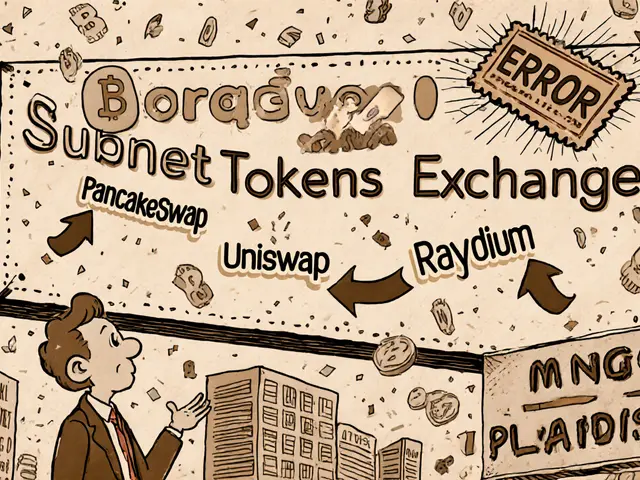Regulated Crypto: What It Means and Why It Matters
When talking about Regulated Crypto, cryptocurrency activities that follow legal frameworks such as KYC, AML, and local licensing requirements. Also known as crypto regulation, it shapes how exchanges, token projects, and users interact with the market while staying on the right side of the law.
One of the biggest drivers behind regulated crypto is Crypto Compliance, a structured set of policies and tools that ensure businesses meet KYC, AML, and reporting obligations. Companies build compliance programs to avoid fines, attract institutional investors, and gain access to banking services. In practice, this means running identity checks, monitoring transaction flows, and filing reports to regulators.
Key Players and Rules Shaping the Landscape
The global picture gets clearer when you add the FATF Greylist, a list of jurisdictions deemed higher‑risk for money‑laundering and terrorist financing. Being on the greylist forces crypto firms to boost due‑diligence, apply stricter travel‑rule checks, and sometimes limit services for users in those regions. This directly influences how regulated crypto operates across borders.
In Europe, the MiCA, the Markets in Crypto‑Assets Regulation that creates a unified legal framework for digital assets, is rewriting the rulebook. MiCA sets licensing standards for exchanges, defines token categories, and demands clear disclosures. For anyone building or using crypto services in the EU, MiCA is the baseline for staying compliant.
Other forces, like sanctions on mixers such as Tornado Cash or country‑specific restrictions in Russia, also shape the regulated crypto arena. Sanctions push firms to drop privacy‑focused tools, while local bans force users to look for compliant alternatives or offshore solutions. These pressures make compliance a moving target.
Putting it all together, regulated crypto encompasses compliance programs, is influenced by FATF greylist status, and must adhere to regional rules like MiCA. A solid compliance foundation requires KYC/AML tools, transaction monitoring, and regular audits. At the same time, regulators constantly update guidelines, so staying informed is crucial.
Below you’ll find a curated collection of articles that cover everything from exchange reviews and airdrop guides to deep dives on compliance, sanctions, and regional restrictions. Whether you’re building a platform, evaluating an exchange, or just trying to navigate the rules, this resource gives you practical insights you can act on right now.
Learn what Security Token Offerings (STOs) are, how they differ from ICOs and IPOs, the regulatory steps to launch one, and key risks and future trends in tokenized finance.
Continue reading





